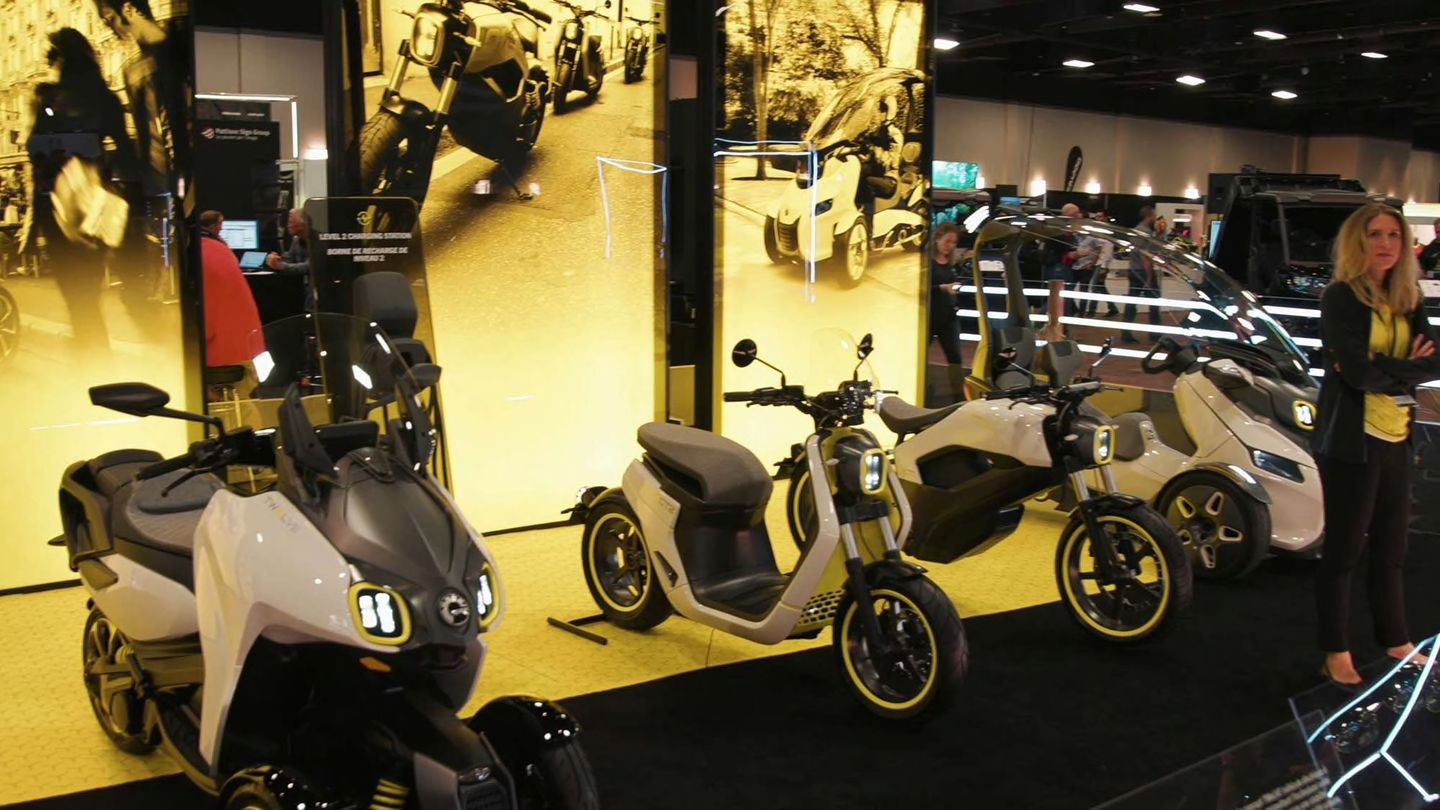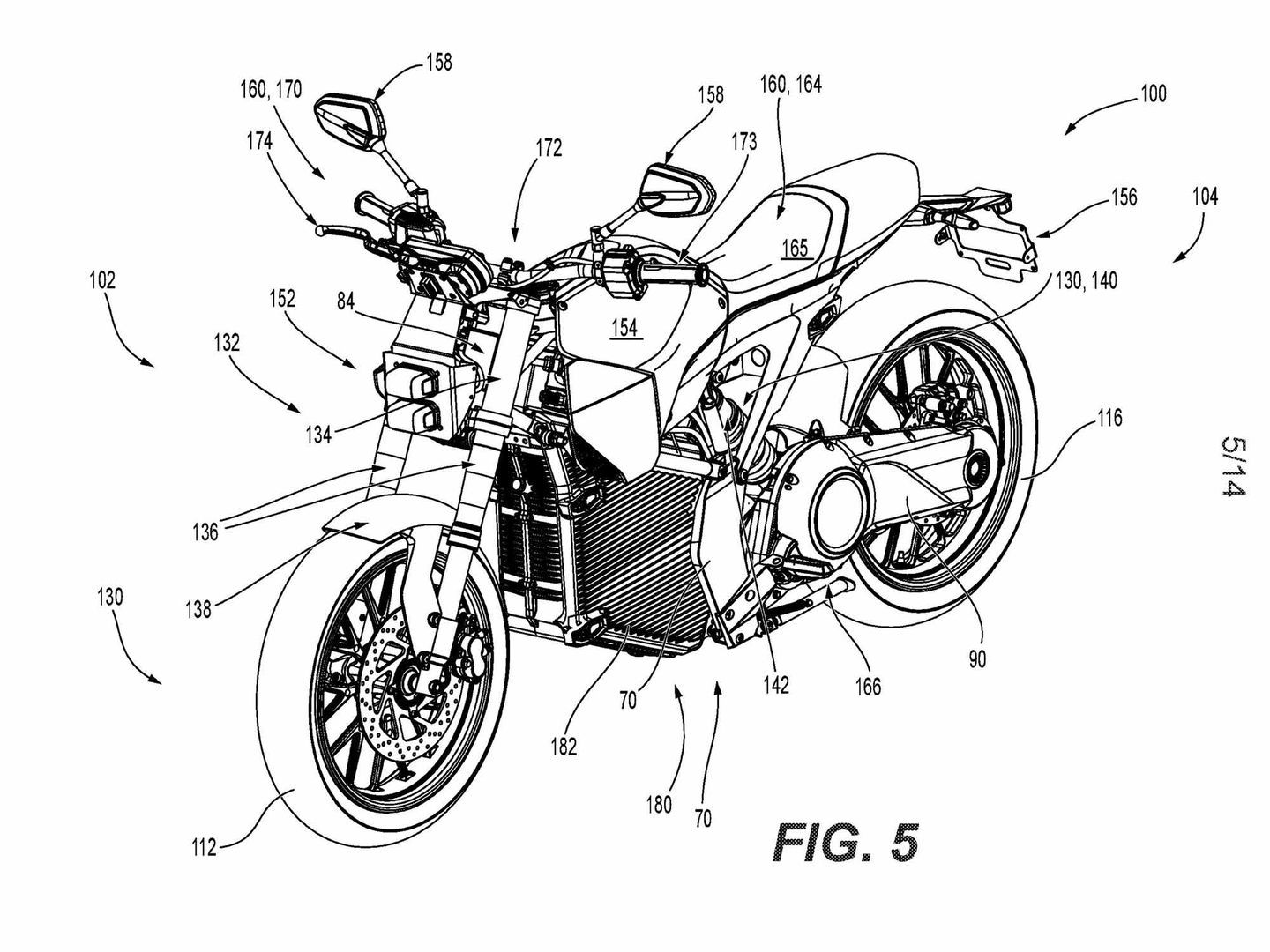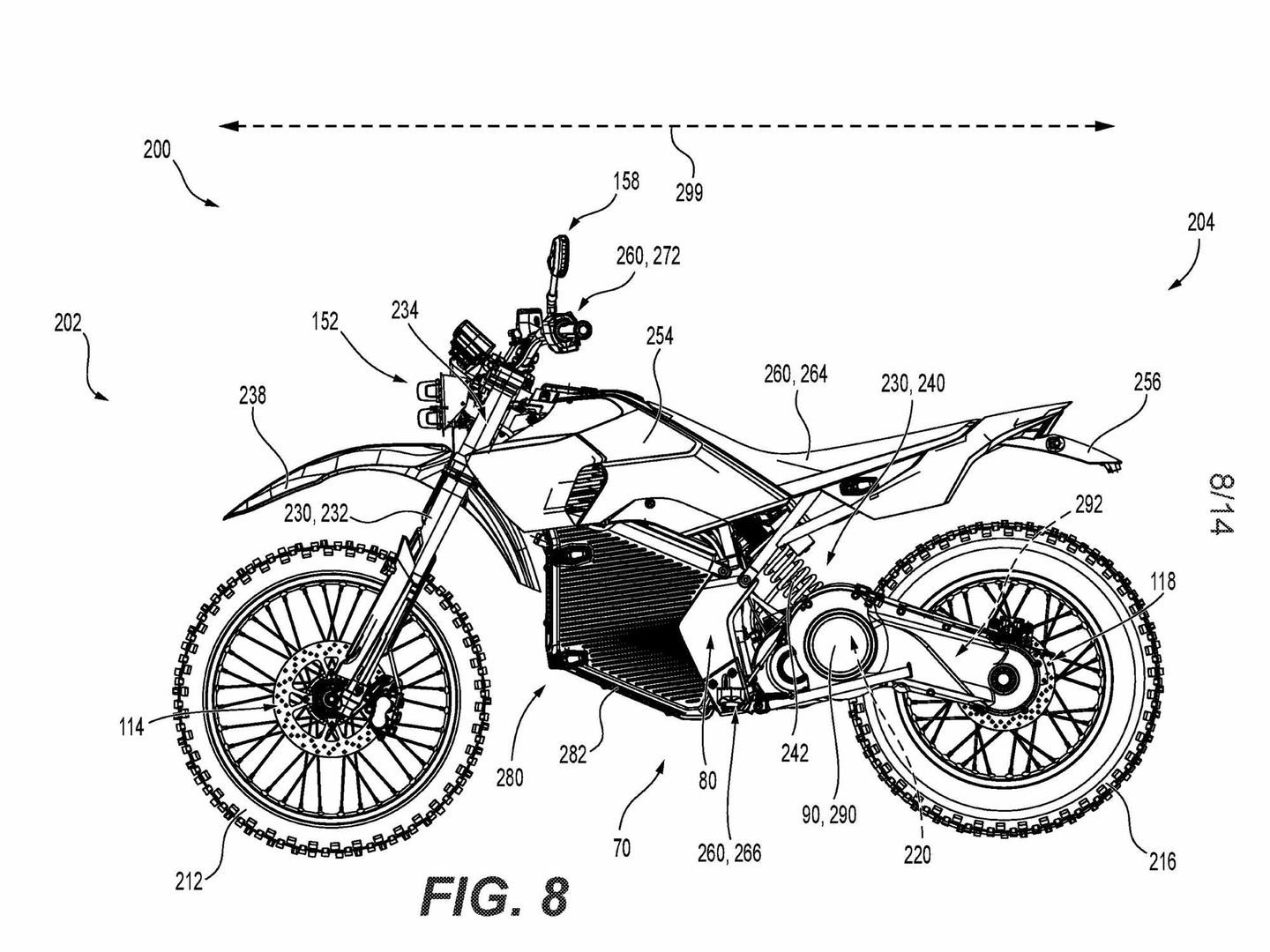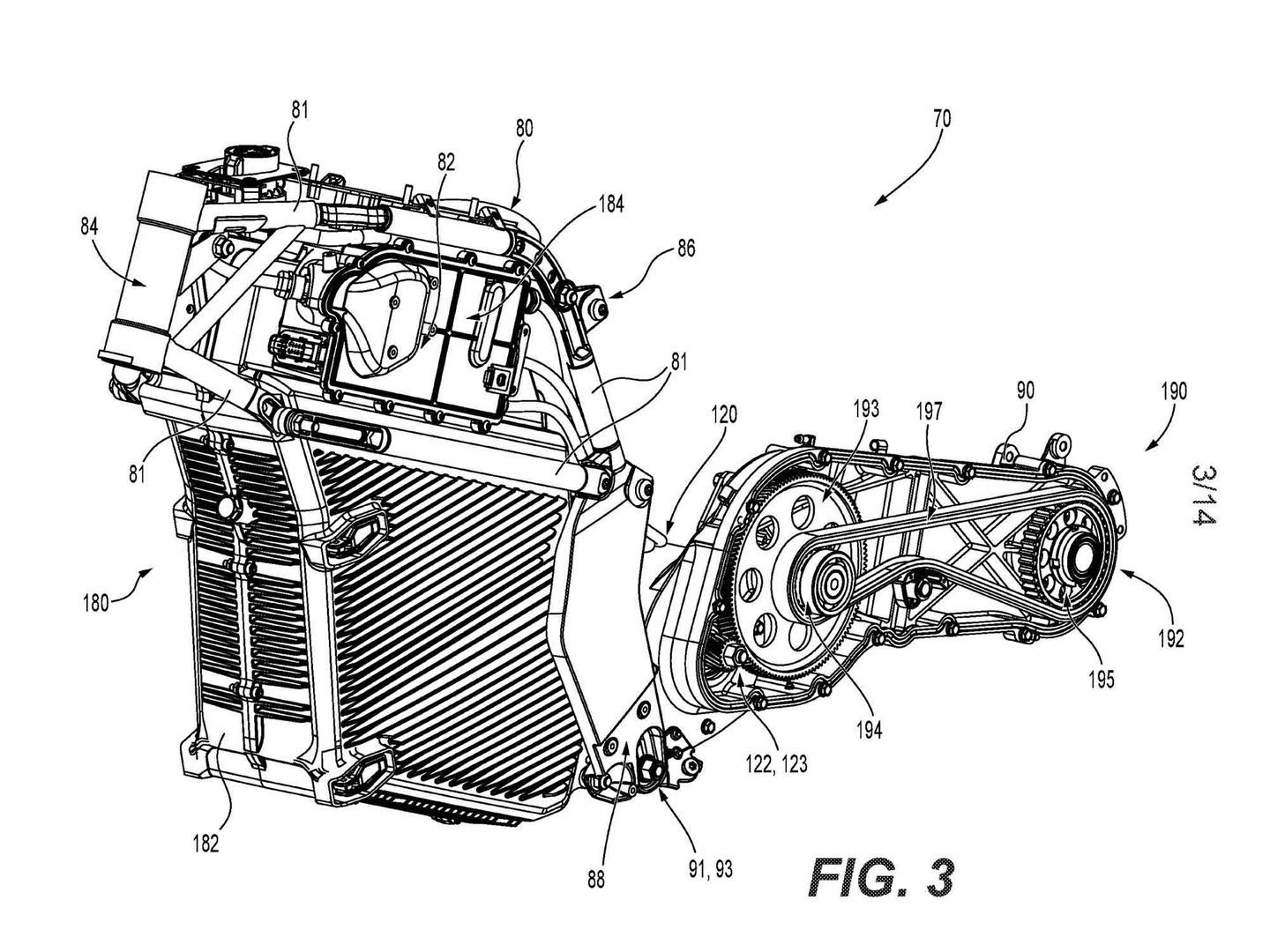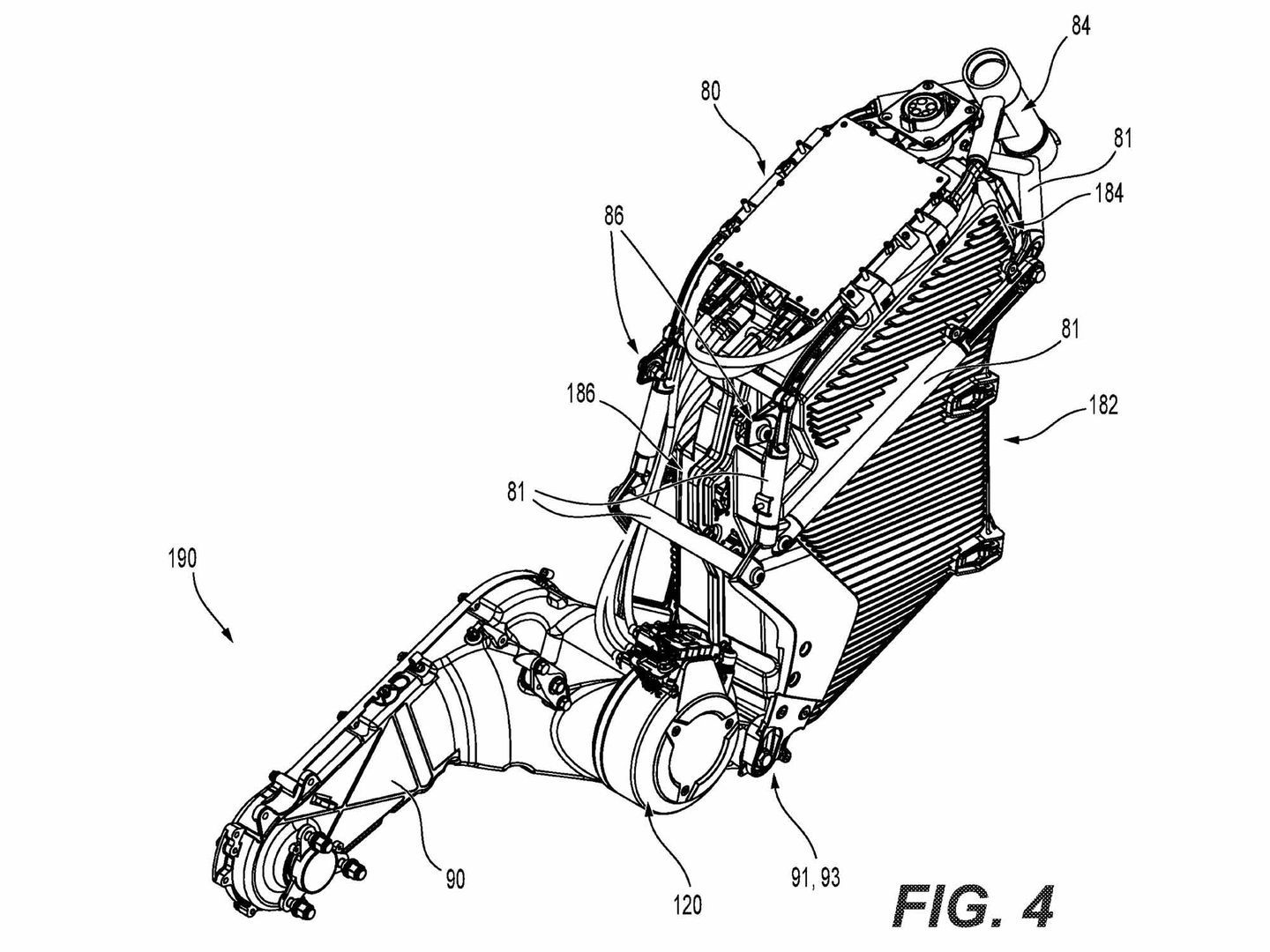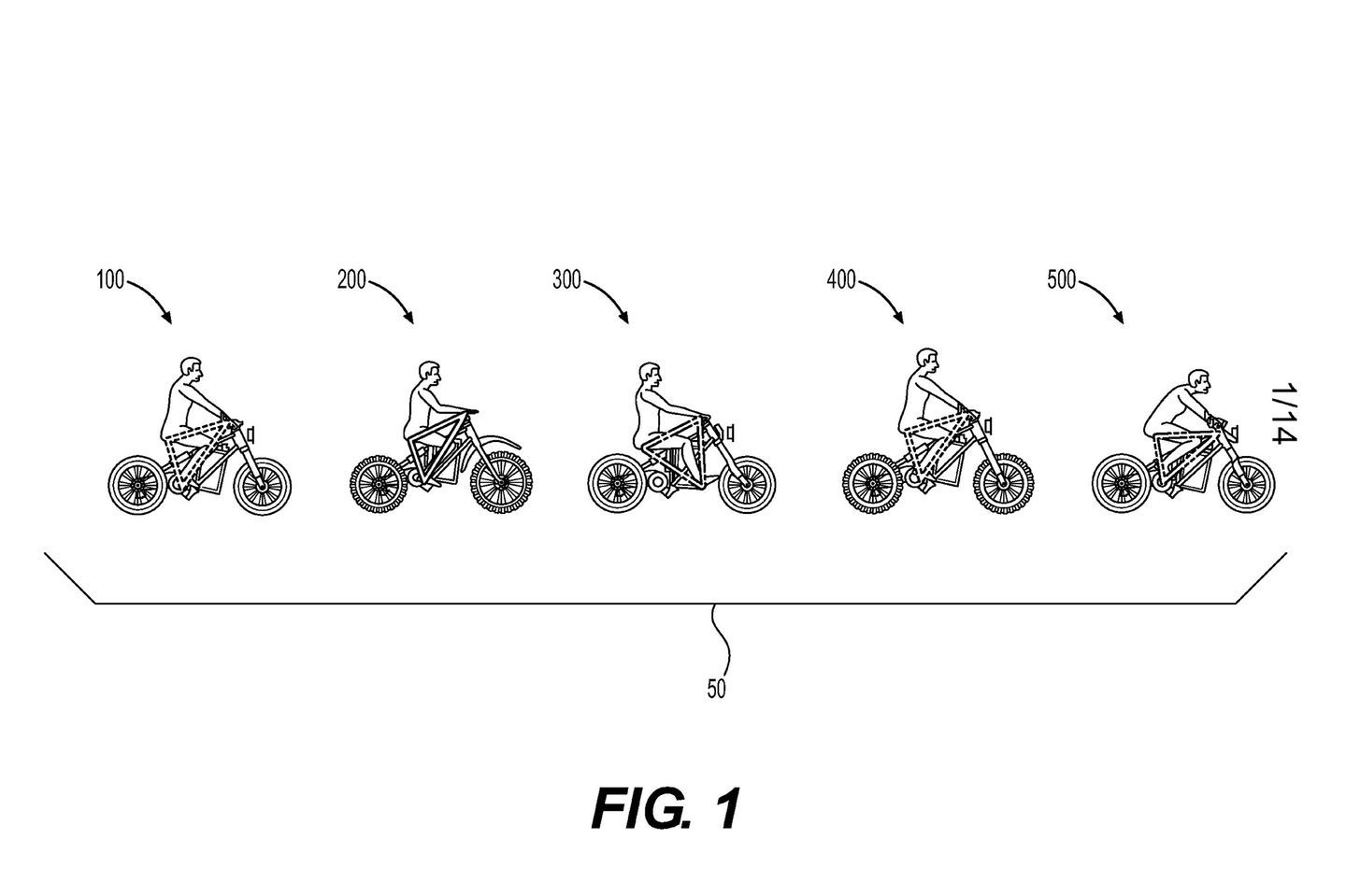As part of the Bombardier Recreational Products stable, Can Am is better known for its three-wheeler vehicles and side-by-side off-road buggies but now patent drawings reveal it might be turning to two wheels for an electric offering
Can Am Going Electric?
With Harley Davidson showing the American way forward in the electric bike world with the Livewire, to the point where a second-generation of models is due to appear on the modular Arrow platform, new patent drawings show that Can Am is set to follow in Harley's footsteps and bring out an electric two-wheeler.
Owned by Canadian group Bombardier Recreational Products (BRP), Can Am is currently best known for its three-wheeler road machines but obviously sees the coming change to electric as the time to get back into the motorcycle business.
BRP has access to electric motorcycle technology after its acquisition of the technical assets of Alta Motors in 2018. While Alta Motors concentrated on the motocross and enduro field, Can Am is looking to the road bike segment.
It won't be Can Am's first foray into the electric world. Previously, an electric version of the Ryker three wheeler was shown, alongside an electric scooter and motorcycle. What is interesting about the new thinking is that the modular system can be reconfigured to give off-road, street roadster, cruiser, retro and supersport models.
The modular idea is nothing new. Harley's new Arrow platform uses the battery as a central monocoque, to which different steering headstocks, swing arms and motors can be fitted to give different geometry. Can Am's idea differs in that the battery and tubular frame can be rotated to give different geometry for different models - more rake giving higher front and lower rear for a cruiser or steeper rake giving lower front and higher rear for a sports bike, and so on.
The motor is mounted separate from the frame and in front of the swing arm so that different motors and swing arms can be utilised without disturbing the frame/battery unit. The final drive chain is enclosed which will enable it to run in an oil bath and reduce noise.
Of course, the main benefit of using a common frame/battery unit is reduced manufacturing costs and the fact that every bike, no matter what version it is, can be built on the same production line by the simple expedient of bolting on the relevant parts for each model. This in turn allows bikes to be built almost to order and reduces the chance of there being stocks of unsold models which ties up huge amounts of capital.
When can we expect to see them in the flesh? Well, that's unknown as yet but the detail in some of the drawings shows that these are models that are well on the way to production and now merely an idea or concept. We can only wait and see.

